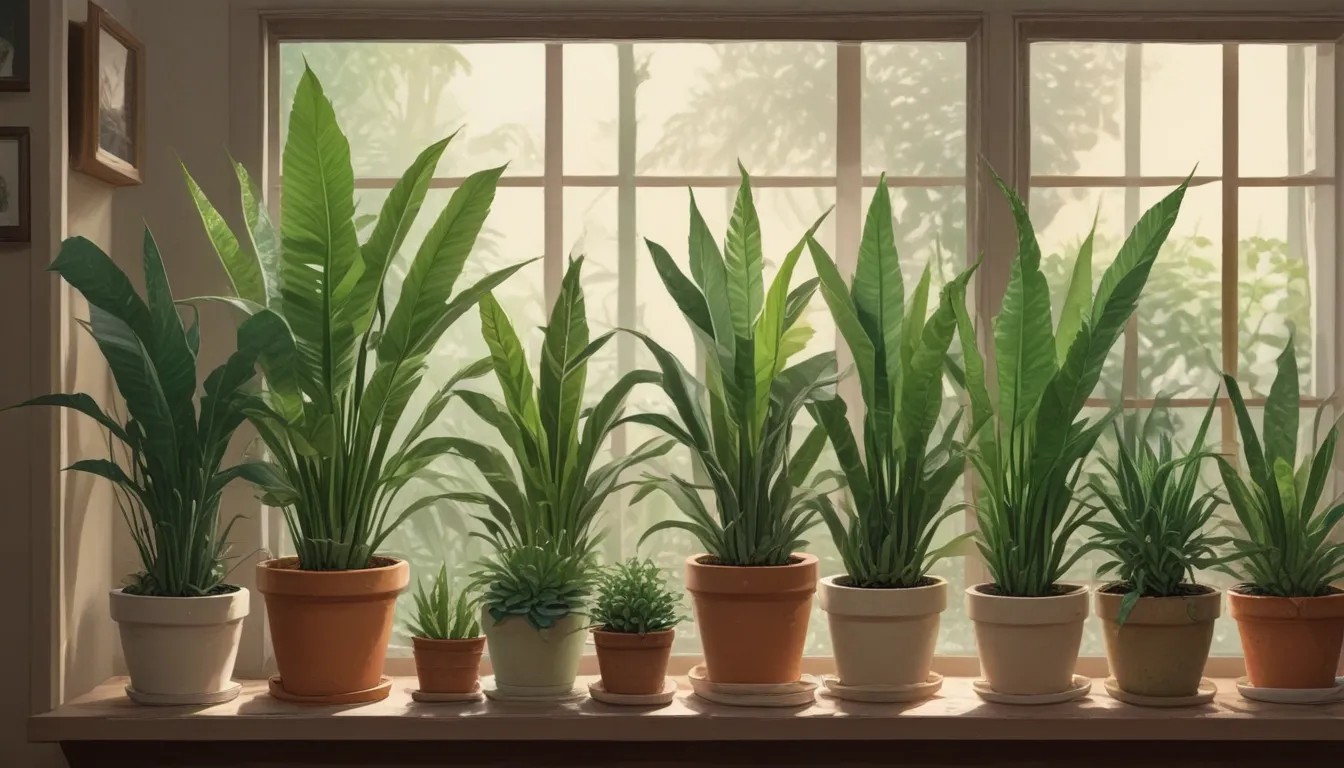Comprehensive Guide to Snake Plant Care: Reasons and Fixes for Curled Leaves

Have you ever wished your plants could communicate with you, so they could tell you exactly what they need? Well, in a way, they can! When the leaves on your snake plant start to curl, it’s their way of sending you a message that something isn’t quite right.
In this guide, we’ll explore the various reasons why snake plant leaves curl and provide you with practical solutions to help your plants thrive. Whether it’s due to cold damage, lack of water, excessive light exposure, pests, or fungal infections, we’ve got you covered with valuable information to address these issues effectively.
So, let’s dive in and unravel the mysteries behind those curled snake plant leaves!
5 Common Causes of Leaf Curl in Snake Plants
- Cold Damage
- Not Enough Water
- Too Much Light
- Thrips
- Southern Blight
Curling snake plant leaves are often a result of water-related issues, but other factors can also contribute to this problem. Let’s take a closer look at each of these common causes and discover how to remedy them.
1. Cold Damage
Just like us, snake plants prefer warmer temperatures to thrive. If your snake plant is exposed to cold conditions, especially below 70°F, it may lead to curled leaves. While older leaves may remain unaffected, new growth is likely to display curling symptoms.
To address this issue, relocate your plant to a more stable and warmer environment. Unfortunately, the curled leaves may not straighten out, but it adds to the plant’s unique character.
2. Not Enough Water
Dehydration can also cause snake plant leaves to curl. However, before adding more water, check the soil moisture levels. Snake plants are more susceptible to overwatering, so it’s essential to allow the soil to dry out between waterings. Once hydrated, the leaves should gradually return to their normal state.
3. Too Much Light
Excessive sunlight exposure can lead to dehydration in snake plants, resulting in curled leaves. To remedy this, move your plant to a location with bright, indirect light. Direct sunlight should be avoided to prevent further leaf curling.
4. Thrips
Thrips, tiny insects that can infest houseplants, may also cause curled foliage on snake plants. Look out for these pests and treat your plant with neem oil if an infestation is detected. Regular treatment over a few weeks can help eliminate thrips and restore your plant’s health.
5. Southern Blight
While less common, southern blight caused by the fungus Sclerotium rolfsii can result in curled leaves. Proper hygiene practices can prevent the spread of this infection, but if detected, affected plants should be discarded to avoid further contamination.
Curled Leaves Don’t Have to Be a Death Sentence
Remember, curled leaves on your snake plant are not a death sentence. Treat them as warning signs that something is amiss and take proactive measures to address the underlying issues. By diagnosing and resolving the cause of leaf curling, you can restore your plant’s health and promote new, healthy growth.
Just like solving a mystery, identifying and fixing the problems causing curled leaves can be a rewarding experience for any gardener. Share your insights and experiences with the gardening community to help others facing similar challenges.
Now that you’ve tackled the curled leaf dilemma, you might be interested in exploring more ways to care for your snake plants. Check out these helpful guides to enhance your plant care knowledge:
- How to Grow and Care for Snake Plants
- How to Encourage Indoor Snake Plants to Bloom
- How to Propagate Snake Plants
Remember, understanding and addressing the needs of your snake plants will result in happy, healthy plants that bring joy and beauty to your home.
Happy gardening!





